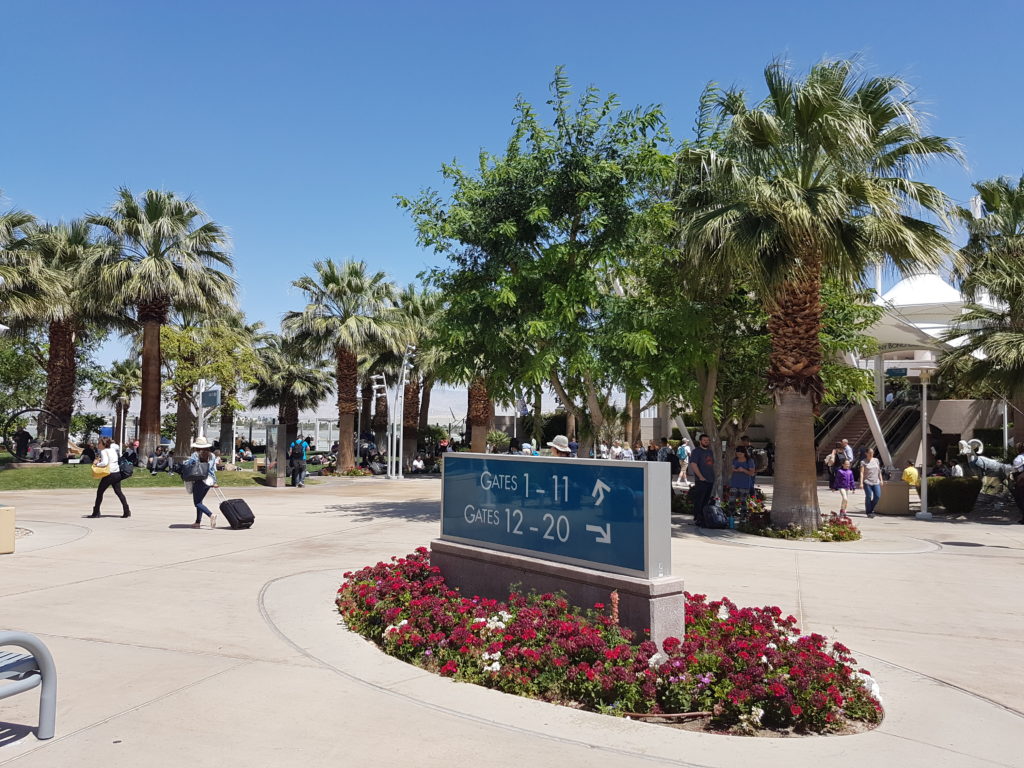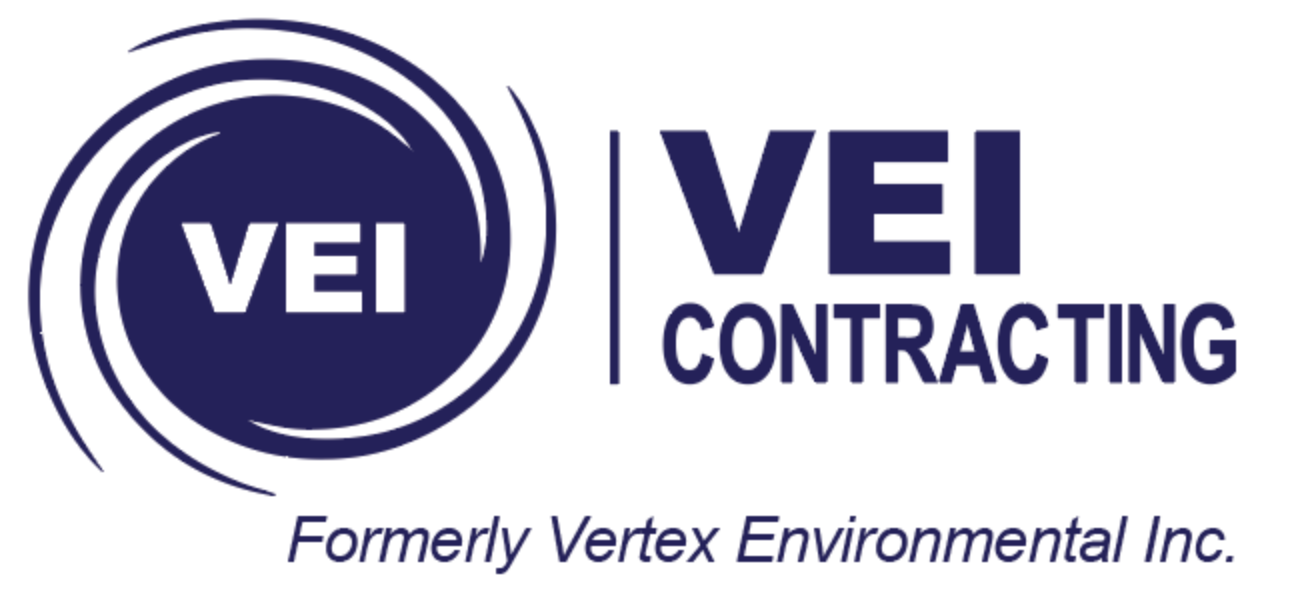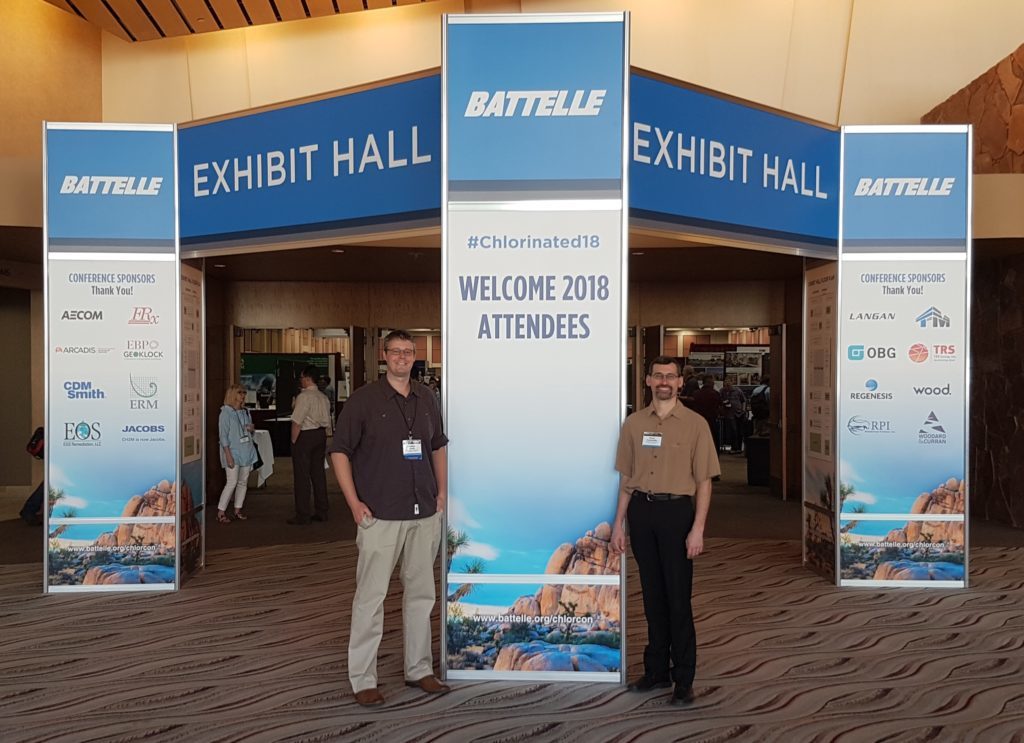Insights from the 2018 Battelle Conference
by Bruce Tunnicliffe
Do you wonder what’s new in our environmental industry? What are relevant trends? What are people talking about? Would you like to find out? Perhaps the best way to determine current and new trends is to attend a high-end conference to take in the presentations, the posters, and talk to the attendees. In my opinion one of the best conferences is the Battelle Conference on the Remediation of Chlorinated and Recalcitrant Compounds. As luck would have it, it was held in Palm Springs, California this year. I had to go.
Not only is it a beautiful location but it’s an intellectual feast for the mind – with over 450 oral presentations, over 600 poster presentations, and about 2,000 attendees.
This newsletter will summarize what I believe are important observations from this world class event, including trends and what is being talked about in our industry.
Battelle Conference
The conference is located in a dry, hot desert just 20 kilometers from the San Andreas fault and nearby mountain ranges. It was gorgeous every day.

Being so consistently warm and dry, it was interesting to see that half of the airport was open top. The pic below is after you clear security, just beautiful.
 Nathan Lichti and I attended in April 2018. It was Nathan’s first time at the Battelle conference. I attended my first in 2006 and have become a regular attendee missing only 1 Battelle conference since then.
Nathan Lichti and I attended in April 2018. It was Nathan’s first time at the Battelle conference. I attended my first in 2006 and have become a regular attendee missing only 1 Battelle conference since then.
Key Take Aways
To determine what was new, I looked back on my conference booklet from 2006 and compared that to the booklet from 2018.
With regards to changing trends between 2006 and 2018, and what was of interest during the 2018 conference, I’ll outline my comments under the following categories:
- Emerging Contaminants
- In-Situ Chemical Oxidation (ISCO)
- Injectable Activated Carbon Amendments
- In-Situ Chemical Reduction (ISCR)
- LNAPL Body studies
Emerging Contaminants
A dozen years ago, an entire stream of talks at the 2006 Battelle Conference was dedicated to the “Remediation of MTBE”. This gasoline additive was an emerging contaminant in the late 1990s. The hot topic later changed to 1,4-dioxane during the 2000s, which was a 1,1,1-TCA additive. Check out a 1,4-dioxane article that I co-wrote back in 2002…don’t scroll to the bottom…yes I was younger then.
This year at Battelle, there was a dominant focus on Per- and Polyfluorinated Alkyl Substances (PFAS). Dozens of talks and posters focused on PFAS characterization, fate and transport, and remediation. It was quite clear that while we somewhat understand this emerging contaminant there is still much to learn. Due to its complexity, I expect PFAS will be the emerging contaminant of interest for some time into the future.
In-Situ Chemical Oxidation (ISCO)
The field of ISCO for environmental remediation started with Fenton’s Reagent before including permanganate and persulphate (and later percarbonate). Battelle 2006 reflected this evolution with streams entitled “Fenton’s Treatment” and “Chemical Treatment with Persulfate”. Back in 2006 the talk titles revealed we were still learning the basics of ISCO with talks focused on oxidant rates of reaction and the impact of Natural Oxidant Demand (NOD) to ISCO programs.
ISCO talks now have become wonderfully complex. During Battelle 2018 there were talks on how to deliver oxidants, comparison of multiple sites (with discussion on the variables that made ISCO site clean-up successful or not), and the impact of back diffusion from soils, to name a few.
Overall, during 2018 I noted numerous mentions of controlled release of oxidants (and I actually spoke on this topic at RemTech recently). Our industry appears to have moved away from high-volume high-strength oxidant application to a more refined approach – one of considering the detailed aspects of the subsurface and the targeted injection of the right oxidant to the right areas. There was numerous mentions of obtaining proper understanding of the ground through HRSC – High Resolution Site Characterization. There was also a focus on proper delivery of the injectants, with discussion on injection technique, injection pressure, and injection volume.
Overall, the number of talks focusing on ISCO has decreased at Battelle. This isn’t to say ISCO isn’t regularly used in our industry, but perhaps as an industry we better understand the basics.
ISCO is an amazing field but it was apparent that ISCO wasn’t a topic of interest – adsorptive technologies (e.g. Trap and Treat) and In Situ Chemical Reduction (ISCR) were taking over the spot light.
Injectable Activated Carbon Amendments
This was the break out year for injectable activated carbon amendments, which is activated carbon usually mixed with an amendment (e.g. BOS-100® and BOS-200®). There were many talks showcasing application of this relatively new (compared to ISCO) remediation material. A highlight was the interesting and well attended (standing room only) summary talk given by the US EPA entitled “In Situ Groundwater Remediation by Activated Carbon (AC)-Based Amendments at Several CERCLA and RCRA Sites”.
The US EPA indicated in-situ use of activated carbon is allowable and acceptable and provided numerous examples of how adding injectable activated carbon substrates is beneficial. It was mentioned that activated carbon substrates has been selected at Federal sites when (i) immediate risk to receptors needs to be mitigated, and (ii) contaminant migration out of a source area needs to be controlled.
There appears to be a strong trend towards the increased application of Injectable Activated Carbon Amendments such as Trap and Treat® in the marketplace. And due to its benefits, such as its ability to address contaminant back diffusion from soils, there is no reason to believe this increasing trend will not continue into the future.
In-Situ Chemical Reduction (ISCR)
Zero-Valent Iron (ZVI) is a type of ISCR amendment, and has been used for many years to treat chlorinated solvent compounds (cVOCs). An interesting talk at Battelle 2018 reviewed the over two decades of ZVI use to treat chlorinated solvents, it focused not only on the ZVI and reaction chemistry in various environments but also on the benefits and limitation of the various particle sizes of ZVI. It is my opinion that the long time use of and interest in ZVI may be due to its ability to exist in the subsurface for many years (if not many decades) and thus provide continuous and regular treatment of pesky back-diffusing cVOCs.
Similarly to ISCO and Injectable Activated Carbon Amendments, ISCR talks during 2018 focused on how to carefully understand locations of higher concentrations of cVOCs through the use of High Resolution Site Characterization. There also appeared to be an increased knowledge and ability to properly deliver the particulate-based ZVI material. An ISCR benefit described with ZVI is the possibility of a one-time injection event. There is great benefit to a one-and-done injection (this is also possible with the injectable activated carbon amendments) and based upon talks at Battelle 2018 this has become possible but only if (i) the subsurface contamination has been understood properly and (ii) the long lasting amendment has been delivered properly.
LNAPL Body studies
One final interesting note was the number of talks on the natural degradation of light non-aqueous phase liquids (LNAPLs) in the subsurface, called Natural Source Zone Depletion (NSZD). Years ago it was generally assumed that pure petroleum hydrocarbons (PHCs) would be toxic to natural biodegradation and most LNAPL was aggressively remediated (remember the Multi-Phase Extraction heydays?). There is now a growing body of evidence that LNAPL bodies will biodegrade over time (albeit a long time).
A fact I found interesting was the generation of methane on the top of an LNAPL body may limit biodegradation, since the methane gas cloud can block oxygen transfer to the PHCs.
Closing Thoughts
The above topics are not meant to be an exhaustive list of topics covered at Battelle. For example, there were many talks on vapour intrusion and the impressive advances made here, talks on various thermal remediation methods, talks on Big Data and data mining for large environmental projects, and decision analysis tools, to name a few.
Our industry is an amazing and ever changing one and it’s interesting to see how much we’ve evolved. I hope to see you at an industry event in the very near future!
Bruce Tunnicliffe


